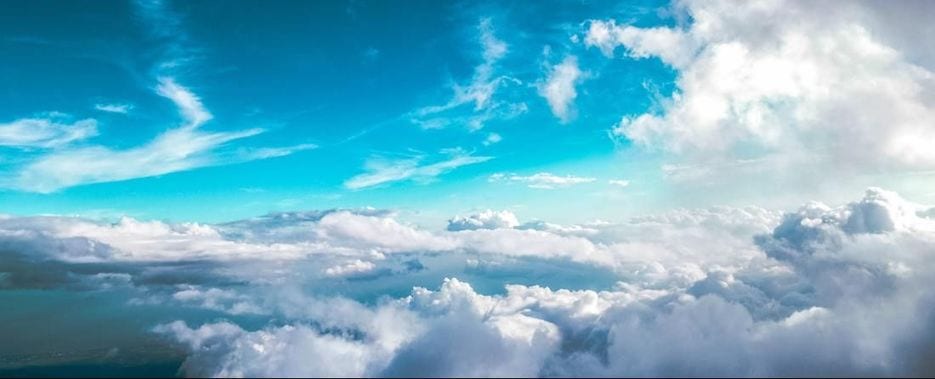The Ozone is Saving Us from DNA Mutations and We’re Ripping Holes in It.
Our safety blanket, “The Ozone”
Our primary protector from ultraviolet radiation is the “ozone layer”. This atmospheric layer is composed of the gas trioxygen, more commonly known as ozone. Incoming ultraviolet radiation interacts with oxygen and other gasses in the atmosphere to produce ozone. The “ozone layer” acts as the Earth’s very own sunscreen, absorbing most of the harsh ultraviolet light (UV-B) that is threatening to biological life on Earth: our families, our pets and our food.
Destroying something protecting you.
Satellites based on Earth’s surface have detected a significant depletion in the amount of ozone in our atmosphere. Scientific evidence has shown that this depletion is due to a high volume of CFC’s (chlorofluorocarbons) present in the atmosphere, as well as other ozone-threatening compounds. It is unfortunate to know that many of these chemicals are made and released into the atmosphere by humans.
Punching Holes in the Ozone.
The atmosphere over the South Pole sees up to a 60% decrease each year in the Antarctic Spring (Canadian fall). The atmosphere over the North Pole also sees around a 25% ozone depletion (oh hey that’s us). Scientists have associated a decrease in ozone depletion with an increase in UV-B radiation reaching the surface.
If you took the ozone layer over western Canada and placed it flat, it would range from about 3 mm to 2.5 mm thick, less than the global average. This is less than two pennies stacked on top of each other protecting us from UV-B radiation. I don’t know about you, but I’d rather have a bit more protecting me.
“Our safety blanket we call the Ozone Layer is one of the reasons life is able to thrive on Earth”
Why is this really bad?
UV-B radiation affects us at a molecular level. Our DNA absorbs the incoming radiation and is distorted. Thankfully, our bodies have developed a way to repair the damaged DNA; however, it isn’t enough. Without proper protection from the ozone and sun safety measures, the DNA mutation can result in skin cancer.
The UV-B radiation doesn’t just affect us directly, it also has extreme affects on crops and many ecosystems. UV-B impairs many crops, commonly reducing size and quality. Marine ecosystems that see overexposure are also affected, right from the base of the food chain.
Our safety blanket we call the Ozone Layer is one of the reasons life is able to thrive on Earth. Our actions have had, and still have negative impacts on it, and we are seeing obvious consequences because of this. Many scientists and programs are working towards leveling off this depletion. It is important that we don’t continue to harm this already fragile entity that protects us from dangerous radiation.
What Can You Do?
Firstly, wear your sunscreen. The heat feels great (especially after our long winters) but the suns harmful rays are having an impact on your skin. Secondly, avoid ozone depleting product by checking your fire extinguishers (If “halon” or “halogenated hydrocarbon” is the main ingredient), hair sprays, deodorants and household chemicals. If you have any household appliances such as fridges, AC units that are pre-1995 make sure you’re disposing of them properly. The chlorofluorocarbons in these appliances leak release the chemical into the atmosphere. Shop local and organic! Buying local decreases the footprint, but also, organic and inorganic fertilizers are the largest human source of nitrous oxide production, which is now the prime culprit in depleting the ozone layer.
Author
Stefanie Wallach is a Sun Safety Awareness Intern with the Canadian Skin Cancer Foundation. As well as being a student in Atmospheric Science at the University of Alberta, and a person who loves the outdoors, she has a passionate for spreading knowledge surrounding skin cancer and its causes so that people can play outside while practicing sun safety.



